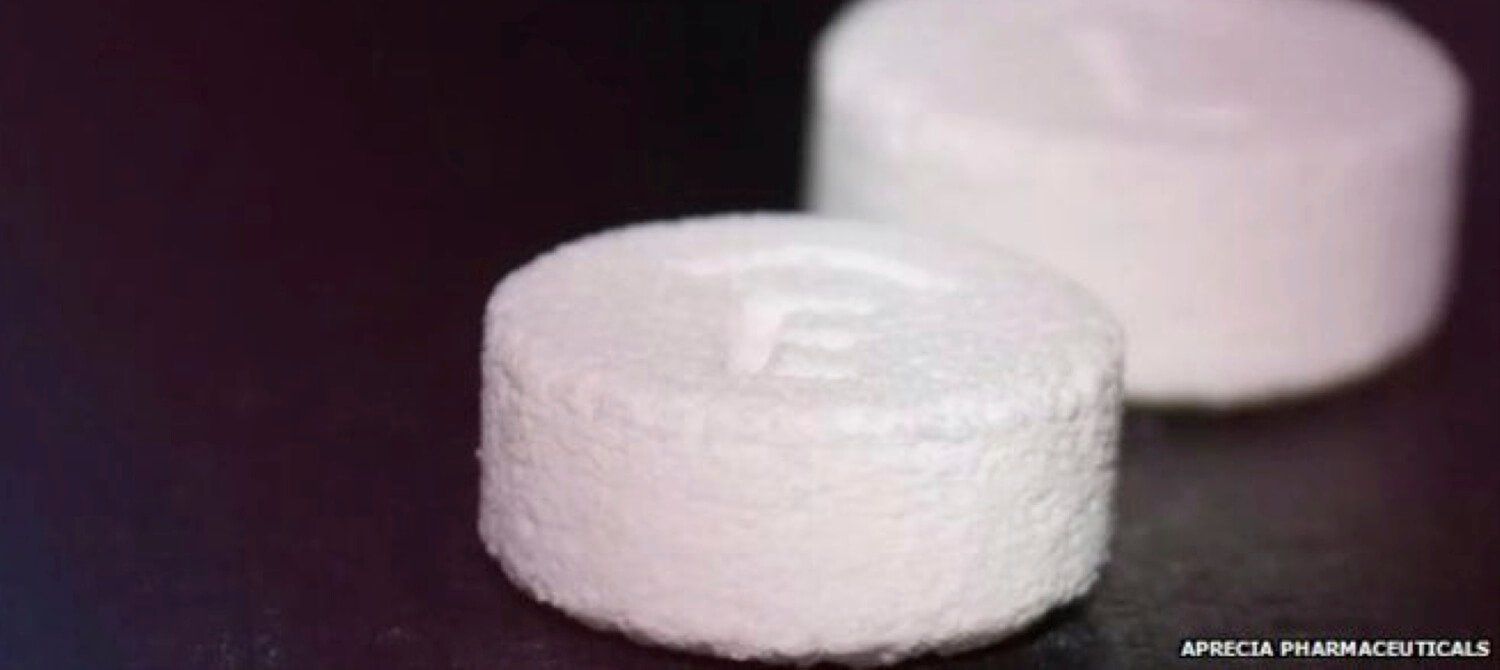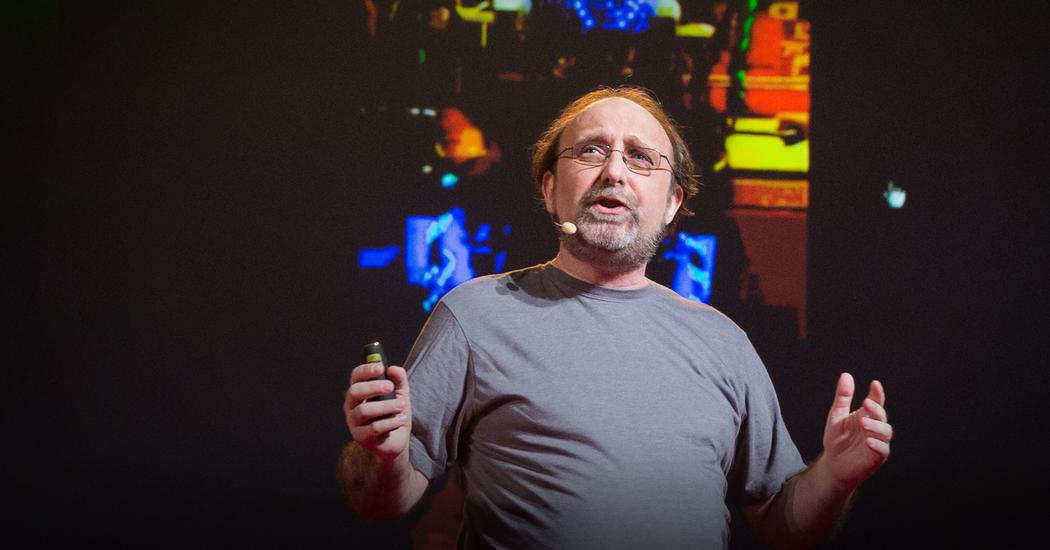Archive for the ‘biotech/medical’ category: Page 2722
Aug 15, 2015
11 Companies Leading the 3D Bioprinting Space
Posted by Shailesh Prasad in categories: 3D printing, biotech/medical, health
Undoubtedly one of the most exciting areas within the 3D printing space is that of bioprinting. Using layer-by-layer fabrication methods, a number of companies are in the process of pushing forward a new paradigm shift within the medical implant, transplantation, and surgical spaces. While the media has mainly focused on Organovo, the company behind the world’s first 3D printable liver tissue, there are actually several other companies involved in this incredible space. Here are 3DPrint.com we thought it would be helpful to underline just a handful of those companies that may be about to change medicine as we know it.
Organovo The company, headquartered in San Diego, California, has been at the forefront of 3D bioprinting research for some time now. Not only are they currently bringing revenues in by providing pharmaceutical companies with their  exVive3D™ Liver Tissue for drug toxicity testing, but they have partnered with major companies in the health space including L’Oréal and Merck, and are planning on introducing their exVive3D™ Kidney Tissue product by next year. With an ultimate goal of 3D printing patches made of human tissue for failing organs, and eventually entire organs for transplantation, Organovo certainly has their work cut out for them.
exVive3D™ Liver Tissue for drug toxicity testing, but they have partnered with major companies in the health space including L’Oréal and Merck, and are planning on introducing their exVive3D™ Kidney Tissue product by next year. With an ultimate goal of 3D printing patches made of human tissue for failing organs, and eventually entire organs for transplantation, Organovo certainly has their work cut out for them.
Aug 15, 2015
The Toil Toward Quantum Computers Just Turned Into a Sprint
Posted by Phillipe Bojorquez in categories: biotech/medical, computing, electronics, quantum physics, supercomputing
A new optical chip that can process photons in a dizzying number of infinite ways has been developed by two research teams. Researchers from the University of Bristol in the UK and Nippon Telegraph and Telephone in Japan (NTT) are behind the breakthrough in quantum computing. The means to solve daunting problems such as the ability to design new life-saving drugs; perform advanced calculations that are a step or two beyond even supercomputers; and analyze weather patterns for more accurate forecasting has just received a major boost.
A group of researchers have pulled off a staggering feat; they’ve developed a silicon-based optical chip that is fully reprogrammable and can process photons in every way imaginable and then some, reports Phys.org.
Prof. Jeremy O’Brien, the Director of the Centre for Quantum Photonics at Bristol University where researchers masterminded the development of the chip, said:
Aug 14, 2015
First 3D-Printed Drug Ushers in Era of Downloadable Medicine — Singularity HUB
Posted by Shailesh Prasad in categories: 3D printing, biotech/medical, neuroscience, singularity
Last week, the FDA approved the first 3D-printed prescription drug, essentially validating the technology as a new heavyweight player in big pharma. “This may be the first truly mass manufactured product made by 3D printing,” said Dr. Michael Cima, a professor at MIT who helped invent the pill-printing technology back in 1997, in an email to Singularity Hub. “It’s revolutionary.”
The printed pill, SPRITAM levetiracetam, is a drug that fights many kinds of epileptic seizures. The brainchild of a little-known Ohio-based company Aprecia, SPRITAM is essentially an old drug ingredient packaged into a brand new, more effective delivery system. Unlike current formulations of the same drug, SPRITAM immediately dissolves upon contact with water and bursts into effect — a property obviously beneficial when trying to curtail sudden-onset seizure episodes.
Aug 14, 2015
The Longevity Reporter: The Weekly Newsletter on Aging (15th August, 2015)
Posted by Roy in categories: 3D printing, biotech/medical, health, life extension
Checkout the latest Longevity Reporter Newsletter (15th August, 2015), covering this week’s top news in health, aging, longevity
This week: ‘Danielle’ — An Eye Opening Simulation Of The Aging Process; How Does Chronic Inflammation Lead To Cancer?; Low Inflammation and Telomere Maintenance Predict Healthy Longevity; 3-D Printing: Could Downloadable Medicine Be The Future?; And more.
Blind mice with destroyed retinas ran away from a swooping owl after treatment reprogrammed different cells in their eyes to detect light.
Aug 14, 2015
Reprogrammable optic chip has complete flexibility in processing of photons and is a pathway to quantum computing
Posted by Shailesh Prasad in categories: biotech/medical, computing, electronics, quantum physics
Researchers from the University of Bristol in the UK and Nippon Telegraph and Telephone (NTT) in Japan, have developing an optical chip that can process photons in an infinite number of ways.
It’s a major step forward in creating a quantum computer to solve problems such as designing new drugs, superfast database searches, and performing otherwise intractable mathematics that aren’t possible for super computers.
The fully reprogrammable chip brings together a multitude of existing quantum experiments and can realise a plethora of future protocols that have not even been conceived yet, marking a new era of research for quantum scientists and engineers at the cutting edge of quantum technologies.
Aug 14, 2015
Report: Human Age Reversal Research
Posted by Shailesh Prasad in categories: biotech/medical, life extension, neuroscience
“A protein found in the blood of young animals called GDF-11 is inducing systemic rejuvenation effects on bone, muscle, heart, blood vessels, and brains of older animals.
“GDF” stands for growth differentiating factor. It functions to turn “on” senescent stem cells, which results in a restoration of youthful structure and function to senile tissues. This same protein (GDF-11) is found in young humans as well as animals.
Harvard, Stanford, and other universities are conducting remarkable studies showing age reversal in animal models. Researchers from these centers of medical innovation are optimistic that this approach might be applicable to humans.”
Aug 14, 2015
Universal plaque-busting drug could treat various brain diseases — New Scientist
Posted by Steve Hill in categories: biotech/medical, health, life extension, neuroscience
A universal therapy that targets mis-folded proteins is a very significant step forward if clinical trials in humans translate from animals. Obviously there is more work to be done but it this is the kind of technology we need in order to intervene against biological aging.
It is not hard to see that a therapy like this followed up by another that regenerates the brain eg, the Conboy Lab work by promoting neurogenesis could be a way to repair and restore the brain to healthy function.
A drug that breaks up different types of brain plaque shows promising results in animals and could prevent Alzheimer’s and Parkinson’s disease.
Aug 13, 2015
Brain-to-brain communication has arrived. How we did it
Posted by Shailesh Prasad in categories: biotech/medical, cyborgs, neuroscience
You may remember neuroscientist Miguel Nicolelis — he built the brain-controlled exoskeleton that allowed a paralyzed man to kick the first ball of the 2014 World Cup. What’s he working on now? Building ways for two minds (rats and monkeys, for now) to send messages brain to brain. Watch to the end for an experiment that, as he says, will go to “the limit of your imagination.”


















